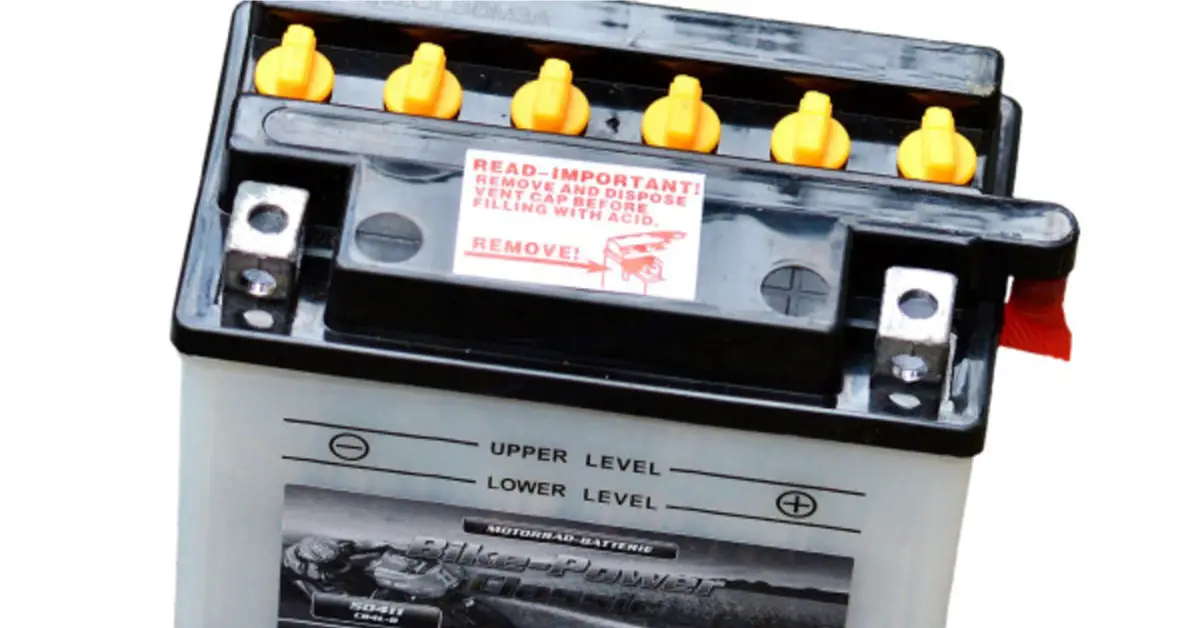
If you are running camping appliances off-grid, then you will need some form of battery storage to power your fridge, portable hot water system, and other electrical needs.
When trying to understand the capacity of the batteries we use for this purpose, you would have probably come across the term ‘amp hour.’
An ampere hour, sometimes referred to as an amp hour, or denoted as Ah, is a measure of electrical current over a period of time.
We use this to help understand how long our battery will power our appliances before it is going to need to be charged.
The Bank Account Analogy
One analogy that can be helpful when trying to understand batteries and amp hours, and other electrical concepts is to think of your battery as a bank account.
For the purpose of this example, let’s assume we have a 100 Ah (ampere hour) battery.
And to make our maths easier with this bank account analogy, let’s assign one dollar for every Ah we have.
So, in this case, our 100 Ah battery means we have $100 in our bank account.
Depth of Discharge
The first thing we need to clarify is what ‘depth of discharge’ we are able to go to. When we talk about depth of discharge, we are talking about how much energy we are willing to take out of the battery before we start recharging it.
The way these batteries work is that they are not designed to have all of their energy expended.
In many cases, heavy-duty batteries are designed to be depleted to 50% of capacity before being recharged, and if you take out any more than that, you can cause permanent damage to the batter.
Some deep cycle batteries can withstand a higher level of discharge, even 80%, but this is not recommended where it can be avoided.
Assuming that we are going to be conservative and adhere to the 50% depth of discharge, our 100 Ah battery, only actually gives us 50Ah of usable energy, before we need to stop using it, or risk causing damage to the battery.
Thinking of our bank account, this means that we only have $50 to spend, as we always have to leave $50 in the bank, or else we are penalized.
Making A Withdrawal
Now moving our focus to our appliances that draw money, we need to start attaching values to each of these. So think of a camping fridge, or a phone charger, or a laptop, or a 12V fan.
All these things require power, but they require different amounts of it. For the purpose of our bank account analogy, you need to imagine that there is a cost, per hour, to run each of those appliances.
So we might calculate that a camping fridge depletes our battery by $2 per hour, and if we guess that the fridge would probably run for 12 hours, over a 24 hour period, that means our fridge costs $24 per day (12 hours x $2 per hour) to run.
So if we are only using our camping fridge and have a fully charged battery, at $24 per day, we could ‘afford’ to run our fridge for just over two days, before the battery would need charging.
This was a very rough scenario, and not meant to actually suggest the cost of running a camping fridge.
But it was an attempt to try and communicate the concept that amp hours represent a quantity of energy.
As you plug in devices and appliances, that energy will be drained, and how quickly it is drained depends on how many devices you plug in, and how much power they require.
So how do I figure out how many amp hours my appliances actually uses?
Many appliances actually list average amp hour usage, or a range of amp hour usage in their manuals, and specifications.
For example, the Engel MT-V80F Fridge/Freezer consumes between 0.5A-4.2A per hour.
So if we average out the fridge running a 2Ah, for 12 hours over a 24 hour period, that totals 24Ah of energy per day, coincidentally that mirrors our fictional banking scenario above.
This means for our 100Ah battery, that we only drawdown to 50%, it could run the camping fridge, for two days, before needing recharging.
I’ll summarise the maths:
- We have a 100Ah battery, but we can only ever use 50% of it’s capacity. If we go below 50% of it’s capacity then we risk damaging the battery. This leaves us with 50Ah to use.
- We decided that our fridge uses 2 amps per hour, for 12 hours per day (2amps x 12 hours = 24Ah).
- After two days we would have used 48Ah, leaving only 2Ah remaining in our battery, and would need to start thinking about charging.
